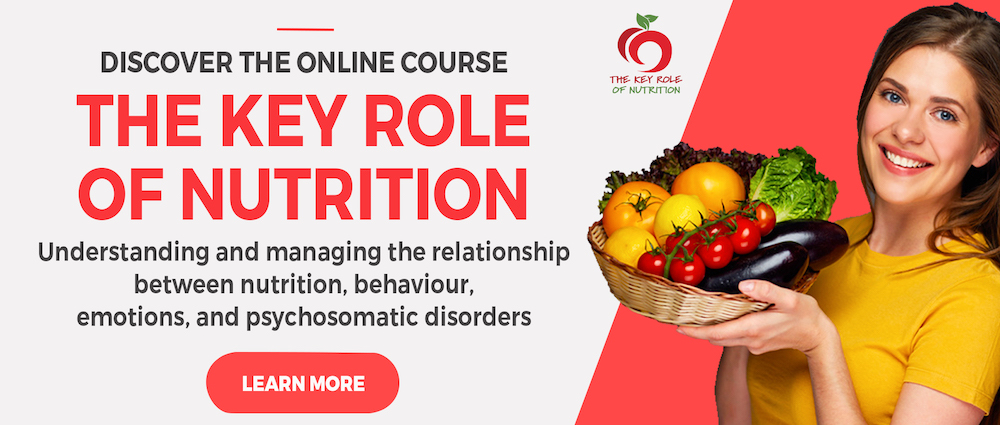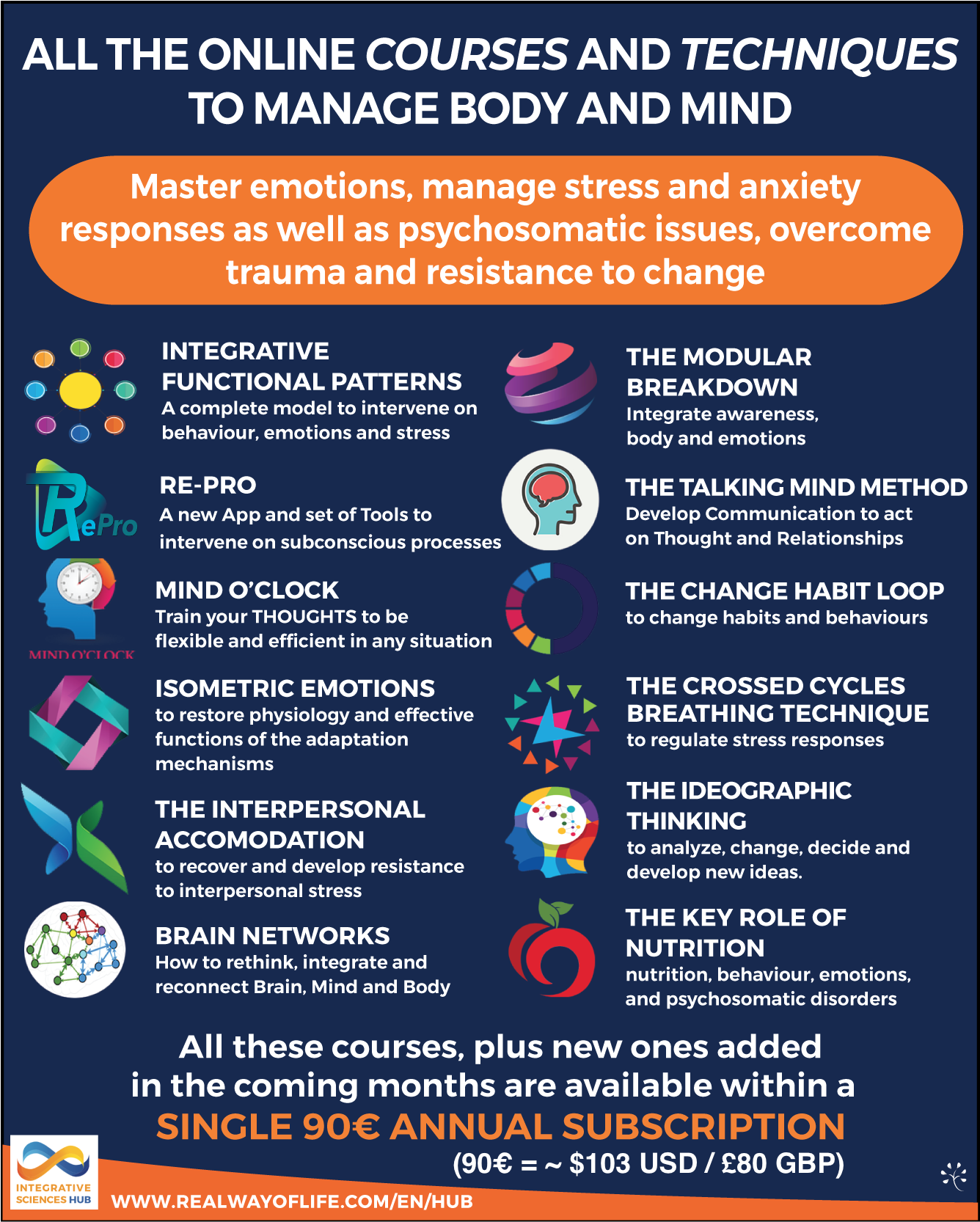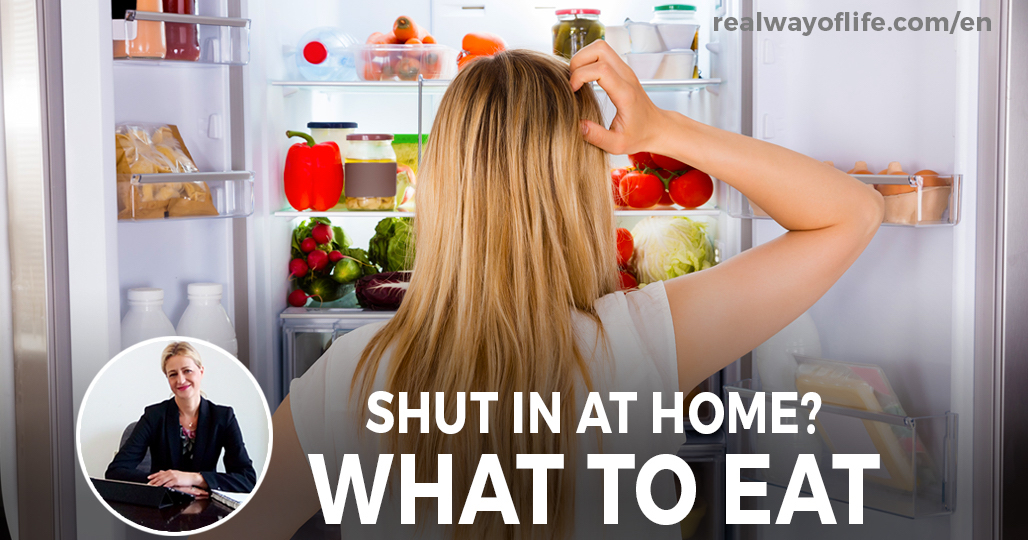
27 Mar Shut in at home? What and how to eat
Shut in the house for days on end, with nothing to do -or with the opposite- lots to do but lacking the organisation and tools we usually have available.
Add to this: a lack of routine, a series of impediments, missing social interactions and their opposite, forced permanence in confined spaces, plus a series of habits that need to change…
 Amid all this stress, what is the easiest thing that we can do to give our brain and body the impression of comfort and well-being? Eating!
Amid all this stress, what is the easiest thing that we can do to give our brain and body the impression of comfort and well-being? Eating!
Most people in a condition of stress expect food to provide them comfort.
In a way they are right. The brain, deprived of natural light (we can’t go outside so we spend hours on end indoors with artificial lighting); deprived of the usual stimuli such as work, meetings, chatting with a friend and deprived of physical activity, focuses its only comfort on what is accessible and readily available: FOOD.
There are two main problems:
- We eat too much and all the time
- We eat the wrong things that make us put on weight and most of all that weaken our immune system.
We are facing a paradox: we’re stuck at home to prevent us from getting ill…but our food habits have the potential to make us ill! Perhaps we will not catch this virus but why continue to harm ourselves and increase our health risk?
WHAT NOT TO EAT:
HOW TO CREATE AN UNFAVOURABLE ENVIRONMENT FOR VIRAL INFECTIONS
To create an unfavourable environment for viral disease, of whatever type, we need to reduce inflammatory processes as much as possible.
Most people are unaware that they have an inflammatory process in action and pay little attention to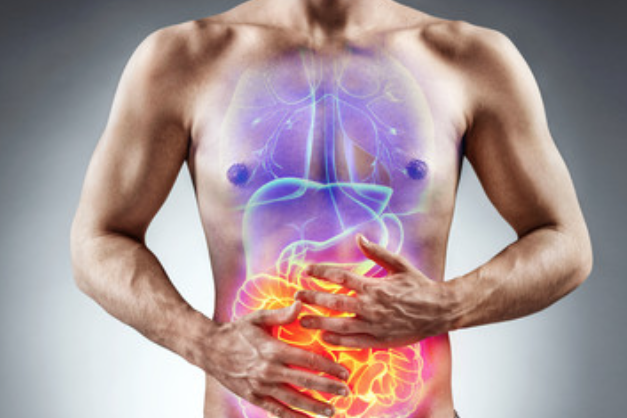 small signals like a swollen and irritable gut, a recurrent headache, constipation or diarrhoea, gastritis and other symptoms that are actually warning bells of an existing inflammatory process.
small signals like a swollen and irritable gut, a recurrent headache, constipation or diarrhoea, gastritis and other symptoms that are actually warning bells of an existing inflammatory process.
Chronic inflammation weakens the immune system defences that are required to fight a strong and insidious enemy such as COVID-19. What follows, however, are useful suggestions to help prevent and fight other viral, bacterial or degenerative conditions.
There are foods that contribute to amplifying inflammatory processes, especially if these are chronic.
Some of the most inflammatory foods are:
- All carbohydrates (refined and brown) like pasta, pizza, flour, crackers, breadsticks, cakes, puddings, biscuits, ice-cream, snacks, beer or fruit juice, maize-based products like polenta or semolina and so forth. Excess sugar (or carbohydrates) favours an inflammatory response, cell replication and resistance to insulin and leptin, key hormones for cell metabolism.
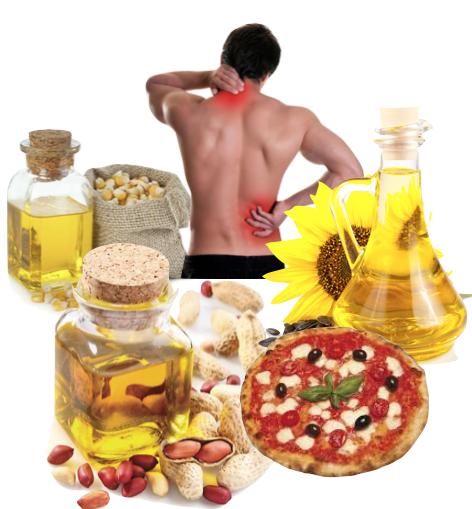 Legumes, which are around 50% sugar (carbohydrates) and 50% protein contribute to favouring pathogenic fermentation of bacteria in the gut altering overall gut flora. Gut flora or microbiome is the first immune system barrier and mainly resides in the gut.
Legumes, which are around 50% sugar (carbohydrates) and 50% protein contribute to favouring pathogenic fermentation of bacteria in the gut altering overall gut flora. Gut flora or microbiome is the first immune system barrier and mainly resides in the gut.
- Seed oils (maize, sunflower seed, etc.): seed oils contain high quantities of Omega 6. An excess in Omega 6 can alter the membrane of our cells and trigger an inflammatory response.
- Packaged and industrial foods: industrial sauces, low quality cured meats, snacks, spreadable creams, chips etc. all contain high levels of legume flours, glutamate, aspartame and other highly inflammatory substances.
- Foods rich in added fructose (the industrial kind never comes from fruit but is chemically extracted from maize) such as fruit juices, biscuits, snacks, fruit flavoured yoghurt, cereal, cereal bars and packaged cakes, some tinned legumes, tomato puree, some frozen vegetables, ice-cream and so on. Fructose metabolism produces uric acid which favours inflammatory processes.
WHAT TO EAT TO SABILIZE MENTAL AND PHYSICAL ENERGY
We’ve seen that our brain needs “comfort” and cuddles.
Even though it may seem counter-intuitive, the brain needs little sugar and a lot of quality fats (anyone over 30 knows the slogan “more sugar to the brain” was a marketing stunt to sell more sugar and not scientific research!). Fats, transformed by ketones in the liver and in particular β-Hydroxybutyric acid, are the main source of energy for the brain.
The brain uses ketones to activate thousands of mitochondria within neurons. Mitochondria are tiny organelles that produce energy in the cell. Within them cellular respiration, takes place. This is a process that enables the production of huge quantities of energy in the form of Adenosine Triphosphate (ATP).
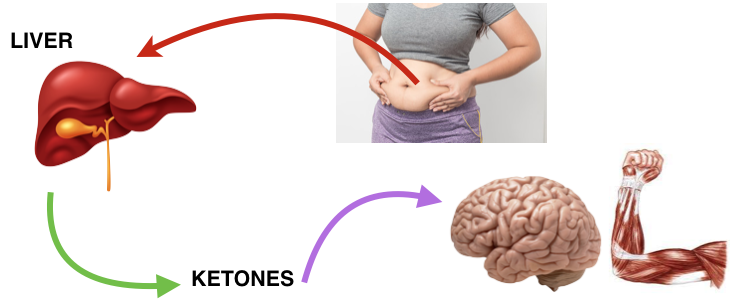
The liver uses fats introduced through nutrition (such as cheese, butter or fatty meat) and excess fat in the body (triglycerides) to produce ketones, molecules so small that they easily enter in the cell energy production cycle.
This process- extremely energetic and efficient- only takes place when levels of insulin are high enough to favour the enzymes that deconstruct fats (such as hormone sensitive lipase).
How then to lower levels of insulin?
To reduce insulin levels and start fat metabolism it is necessary that:
- All carbohydrates including whole-wheat are reduced
- Protein is limited (too much protein acts in the same way as sugar and stimulates insulin)
- Fat intake is increased
It is also important to increase periods of not eating. We are not talking about fasting- which we will look into in the next article- but simply about not eating all the time between meals and especially after supper.
MAKING THOUGHTFUL CHOICES
We have seen that the brain is happiest and most energetic when we introduce more quality fats in our diet.
Not only the brain but also our palate and all our body will benefit.
But what are these fats?
They are:
- Eggs, avocado, nuts, almonds, extra dark chocolate, coconut butter and a lot of foods that
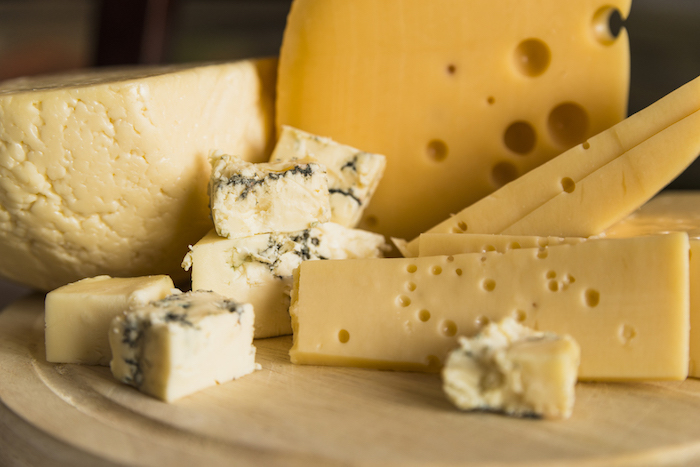 we already eat occasionally, but that we can eat more often;
we already eat occasionally, but that we can eat more often; - Fatty meat such as sliced veal shank, liver and veal in tuna sauce;
- Fatty fish such as salmon, anchovies, cod, herring and all oily fish;
- Mascarpone, fresh cream and all fatty and seasoned cheese like fontina, taleggio, bitto, stravecchio, or 36 months aged parmesan and so on.
What about vegetables? First of all, vegetables contain very few carbohydrates and are key to maintaining a healthy gut microbiome.
The microbiome in fact uses insoluble fibre that the human body cannot digest to produce β-Hydroxybutyric acid, folic acid, vitamin K and B vitamins that are key to energy metabolism.
In addition to this, fibre in vegetables contributes to maintaining healthy bowel movements.
Meat, fish, vegetables can all be cooked in butter or in clarified butter to increase quality fats and add flavour!!
Do you want to find out more about the relationship between nutrition and health?
Discover the online course on the KEY ROLE OF NUTRITION.
Find out how to manage interrelations between nutrition, inflammation, emotions and psychosomatic issues.
Do you want to find out more about psychosomatic processes, emotions, regulation of anxiety and stress responses?
Discover the many online courses on psychosomatic processes, regulation of anxiety and stress responses, emotion modulation, trauma and resistance to change. They are all part of the Integrative Sciences HUB, our regularly updated online training centre, available to you 24/7 with new COURSES, UPDATES, TECHNIQUES AND PRACTICAL TOOLS each month, all included in one subscription available at an annual fee of just 90€.




